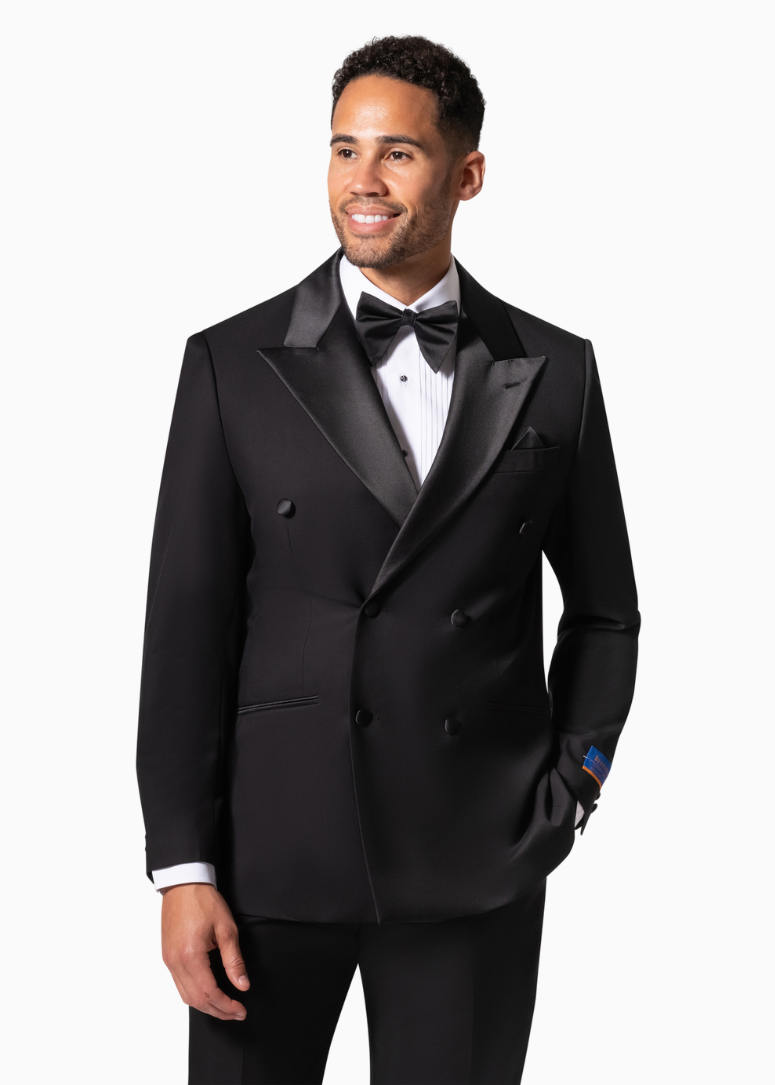
Tuxedo vs. Suit: What’s the Difference and When to Wear Each
Share
When it comes to formalwear, the terms tuxedo and suit are often used interchangeably, but they are distinctly different garments with specific occasions for each. Here’s a breakdown of the key differences between a tuxedo and a suit, and when you should wear each.
The Tuxedo
A tuxedo is the epitome of formalwear. It’s designed for black-tie events and typically features satin lapels, a satin-covered button, and a silk stripe down the side of the trousers. The tuxedo is traditionally paired with a bow tie, formal dress shirt, and patent leather shoes.
The Suit
A suit, on the other hand, is a more versatile option. It consists of a jacket and matching trousers made from wool, cotton, or other fabrics. Unlike the tuxedo, suits can be worn for both formal and semi-formal occasions, making them a go-to choice for weddings, business meetings, and casual dinners.
When to Wear a Tuxedo
Opt for a tuxedo when the event calls for formal, black-tie attire, such as:
- Weddings
- Gala dinners
- New Year’s Eve parties
- Formal receptions
When to Wear a Suit
Suits are ideal for a variety of occasions that require a formal or semi-formal dress code, such as:
- Job interviews
- Casual weddings
- Business events
- Evening dinners
Frequently Asked Questions
Q: Can I wear a tuxedo to a wedding as a guest?
A: If the wedding is black-tie, wearing a tuxedo is appropriate. However, if the invitation specifies formal or semi-formal, a suit may be a better choice.
Q: Is a tuxedo more expensive than a suit?
A: Yes, tuxedos are typically more expensive due to the higher quality fabrics and specific design details, such as satin finishes and tuxedo-specific features.


